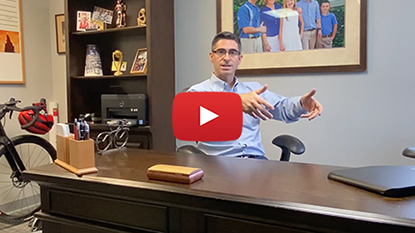At the completion of this seminar, the participant will be able to:
- Given a case study, assess functional weakness in a patient using the four pathological barriers to ideal/optimal movement
- Perform an assessment of a dysfunctional movement pattern and specifically identify 2 primary and 1-2 secondary compensatory movements occurring due to weakness and/or pain
- Accurately justify the use of functional strength testing versus manual muscle testing when assessing a patient
- Properly exhibit and/or correctly perform 4 exercises using a functional approach to muscle activity
- Correctly state the rationale for an in-depth functional strength assessment of upper extremity, lower extremity and trunk
- Properly execute an in-depth functional strength assessment of upper extremity, lower extremity and trunk
- Correctly apply force couples, synergies, and muscle slings to the body to address function-specific strength deficits
- Develop and implement a comprehensive functional exercise program, progressing from basic to advanced levels for patients


